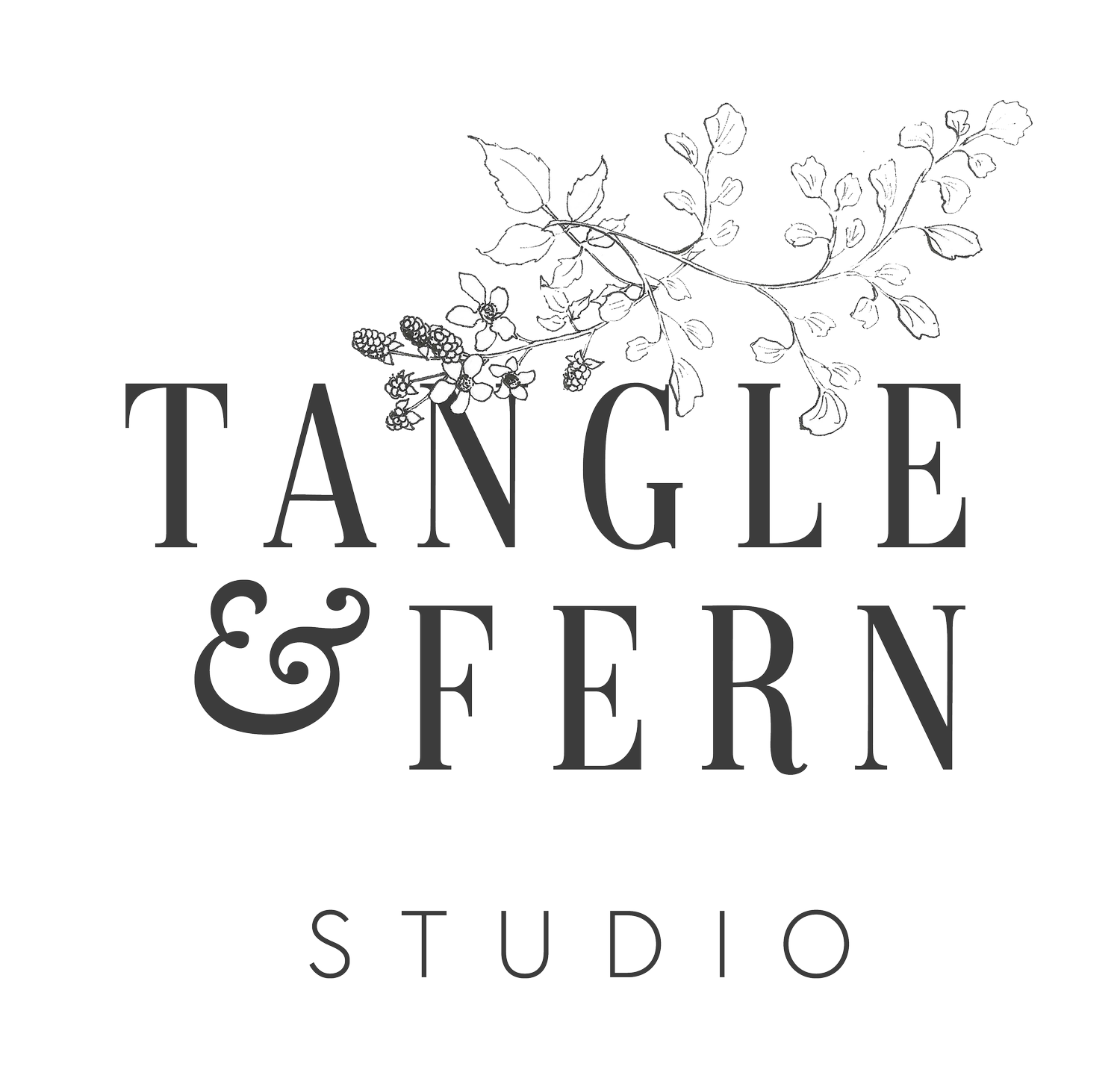The “About” page
Why you? Why now? Why here?
Once upon a time, the “about” pages on a lot of websites and blogs read like the beginnings of a job application. We’d state what we did, give a bit of our employment history, and throw in a quirky tidbit every now and then (“lives with three cats,” “loves to eat cake”) to show the world we were real people.
Businesses and shops, meanwhile, favoured the personal back-story. “Brenda was an accountant but she dreamed of being a baker.” “Sophie was always good at finding thrift-shop gems so she became a stylist.” “We started out selling potted herbs at the market and now we’re Australia’s biggest indoor plant franchise.”
You know these stories, yes? You’ve read these kinds of “about” pages, I’m sure. But unfortunately, this kind of content more often than not fails to cut through.
The problem with sharing our back-stories and resumes on our websites is that they are about, well, us. And even though the heading at the top of that page often states “About Us,” the reality is that it is actually about your audience.
Because this is the page that somebody clicks on first if they want to know whether you are the right person, or brand, for them. And they’re not so concerned about the personal journey that you have been on to get to the point you’re at now, as they are about whether or not what you are doing, saying, sharing or making is the right fit for them, right now, at this point in their own personal journey.
A values manifesto
The best “about” pages nowadays read almost like a manifesto. They help their readers understand why you, why now, and why are you doing it this way? What are you setting out to do here, and what makes it different to everybody else?
In other words, the best “about” pages encapsulate your values.
You may recall that we talked about this quite a bit during Phase 1 of Let it Grow. When you are clear on your values and articulate them well, you will be able to attract your right people: they will feel they have discovered someone who shares their values, and who is speaking directly to them (you).
Turn to Workbook 2 on page 17, and work your way through the questions on that page. You answered these questions in Workbook 1, so it shouldn’t take long.
Once you’ve answered these questions, you should have everything you need to write a compelling “about” page that will actually speak to your audience, not just about you. Your page will express:
What you believe (your values manifesto)
What you do and what qualifies you to do it (briefly)
What you do because of those beliefs (break this up into sections if you need to, eg. beautiful products, sustainable packaging, personal service, etc)
The problems you solve for your “right audience,” and the needs you meet
Have a try at actually pulling all these elements into an “about” page for your own work. If you have a website, try doing this in a draft page, so you can play around with how you’d like it to look (images help to tell your story just as much as text). If you don’t, you can use the blank pages at the end of Workbook 2 (pages 38 and 39) to draft it up.
Case study: Pure Oils of Tasmania
I began working with this client early in 2022, to update and develop their content. Their “about” page had been written early on in the business, when they were only selling locally made essential oils at the local markets. However, it didn’t serve their goals of growing the business nationally, and picking up more retailers to stock their products.
We worked together to articulate their core values, and the value they wanted to bring to their “right people”. These included sourcing local and responsibly-harvested plants for their oils, ensuring their packaging was environmentally sustainable, and a desire to bring “a piece of wild Tasmania” into the homes of their customers. From these values we developed new language and imagery, and worked on an “about” page that was simultaneously more professional, and also more engaging to the people they wanted to attract and serve.
BEFORE:
AFTER:



